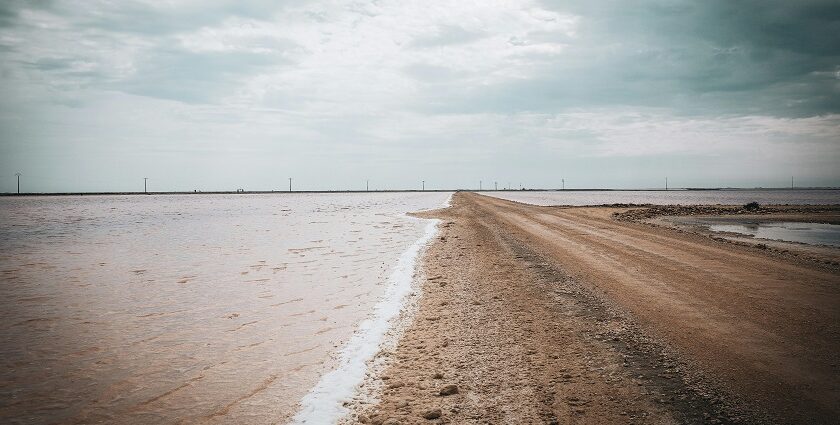What is Rann of Kutch famous for? It’s more than just a white desert—it’s a vast, surreal landscape that blends silence, colour, and culture into something unforgettable. When you stand in the middle of its salt flats, under endless skies, you feel the land speaking to you. The people, the traditions, the light, and the stillness leave a lasting impression. From vibrant festivals to starlit skies, this is a place where nature and heritage come alive together. Here are ten reasons why the Rann of Kutch truly stands apart.
1. A White Desert That Feels Like The Moon
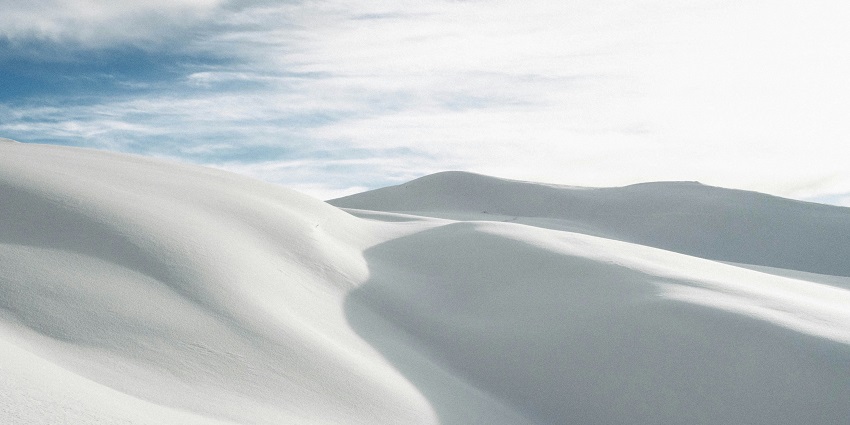
Photo: Fabrizio Conti / Unsplash / Image For Representation Only
This desert is not made of sand. It is salt. After the rains, the water dries up, leaving behind a white crust that stretches as far as the eye can see. In the daylight, it reflects the sun. At night, it glows faintly, holding onto the last bits of light. When you stand there, it almost feels like being on the moon. No trees, no houses, no end in sight. Just light bouncing off the land and filling the air with brightness. It’s silent but alive, flat yet full of depth. And you will remember that silence.
2. Rann Utsav Brings Music To The Silence
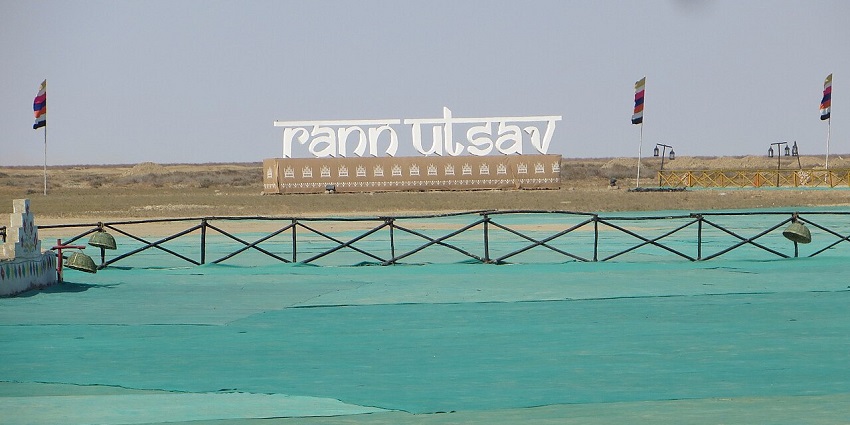
Photo: Rannrider / Wikimedia Commons
Between November and February, the desert comes alive. This is when the Rann Utsav begins—a festival right in the middle of nowhere. Suddenly, there’s colour everywhere. Dancers twirl in traditional clothes. Local craftsmen display their handmade work. Folk singers sing old songs around fire pits. Food is served in open tents, with the cool night air brushing past. The sounds of drums, laughter, and clinking plates fill the desert. The Rann, so quiet the rest of the year, now feels like it is celebrating its existence.
3. The Last Home Of The Indian Wild Ass
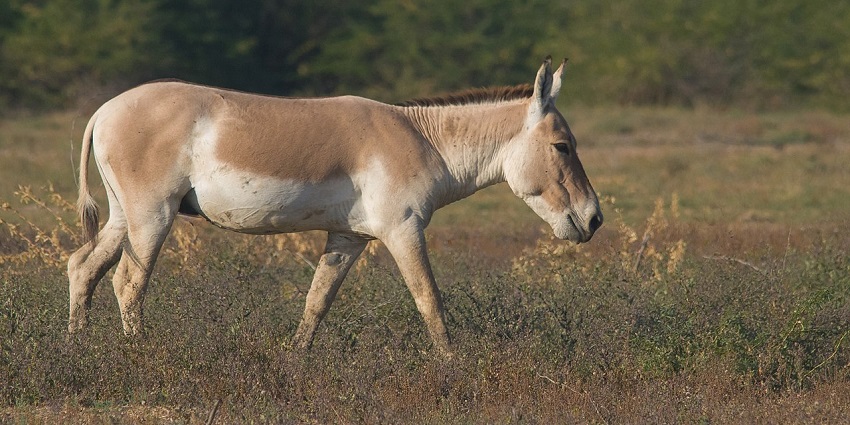
Photo: Ikshan Ganpathi / Wikimedia Commons
The Little Rann of Kutch, just a short distance from the white desert, is home to the endangered Indian Wild Ass. It’s the last place on Earth where this species exists. The land here is cracked, dry, and silent. But if you look closely, it’s full of life. You might see wild asses running across the flatland in herds. You might spot desert foxes, flamingos, or even short-eared owls flying low across the sky. A safari here doesn’t feel like the ones you find in forests. It’s harsher, but the beauty lies in the rawness.
4. Villages That Don’t Need A Museum
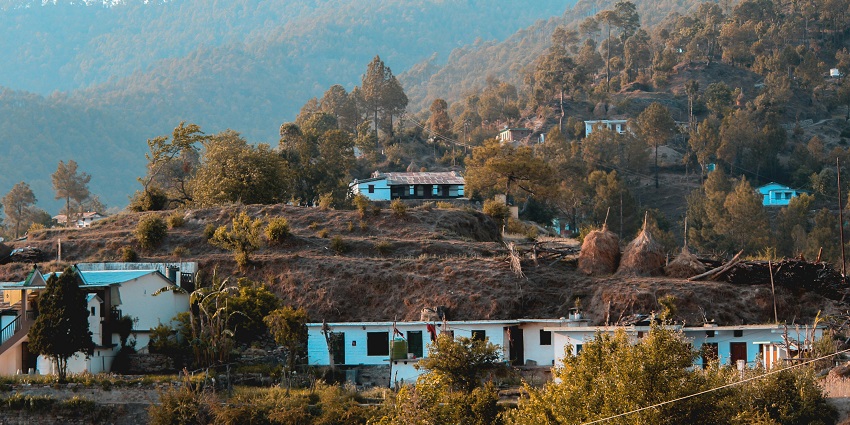
Photo: Yogendra Singh / Pexels / Image For Representation Only
The villages in Kutch are alive with craft and tradition. In Nirona, the Rogan artists still paint with castor oil paste, a technique passed down through generations. In Ajrakhpur, indigo-dyed cloth is block printed by hand. The wooden blocks used are carved by hand, too. In Hodka, women sew mirrors into cloth, and every stitch is done with care. These aren’t set up for tourists. They are part of daily life. People work on crafts not for display, but for a living. Their homes are studios. Their hands carry memory.
5. Handicrafts That Are Worn, Not Just Sold
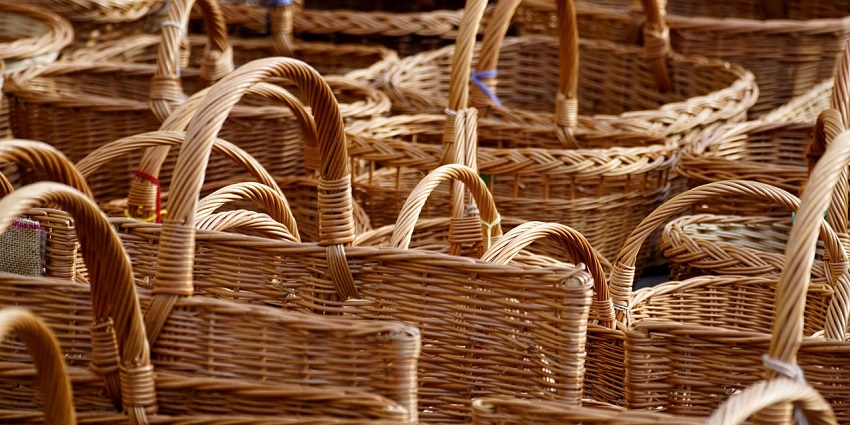
Photo: jhenning / Pixabay / Image For Representation Only
In Kutch, the art is part of what people wear and use every day. The embroidery is not made for sale alone. It’s worn by women in their daily life — bright, bold, and full of meaning. The leather work is used by men to carry tools and belongings. The bells made for cattle now hang in homes and shops, sometimes bought by visitors who want to carry a piece of this place with them. When you buy something here, you’re not buying a souvenir. You’re carrying a piece of a life, a skill, and a story forward.
6. Kala Dungar: The Hill That Watches Over The Salt
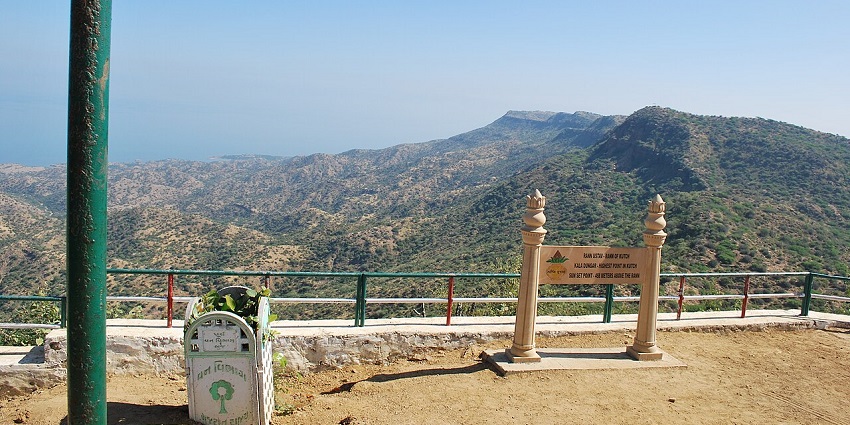
Photo: Raman Patel / Wikimedia Commons
Kala Dungar, also known as Black Hill, stands high above the flat salt lands. It’s the highest point in the region. From here, you can see the Rann stretch endlessly. You can hike or drive up. At the top, you’ll find a 400-year-old temple where jackals are still fed every day, a tradition that goes back as far as the hill’s stories do. The view is wide, and the wind is cold. Standing up there, looking over the white land below, makes you feel small and still.
7. A Border That Feels Like The End Of The World
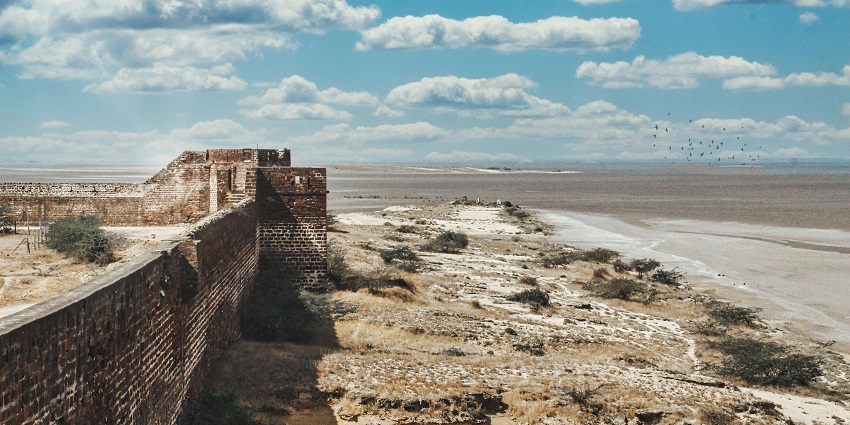
Photo: Setu Chhaya / Pexels / Image For Representation Only
A short drive from Dhordo will take you to a place where the road nearly ends — India Bridge. With special permission, visitors can reach this military post near the India-Pakistan border. Photography isn’t allowed, and most tourists skip it. But those who go feel something quiet and deep. The land ahead is empty, almost untouched. There is a stillness that’s hard to describe. It makes you stop talking. You just stand there and look.
8. Food Cooked In The Middle Of Nowhere
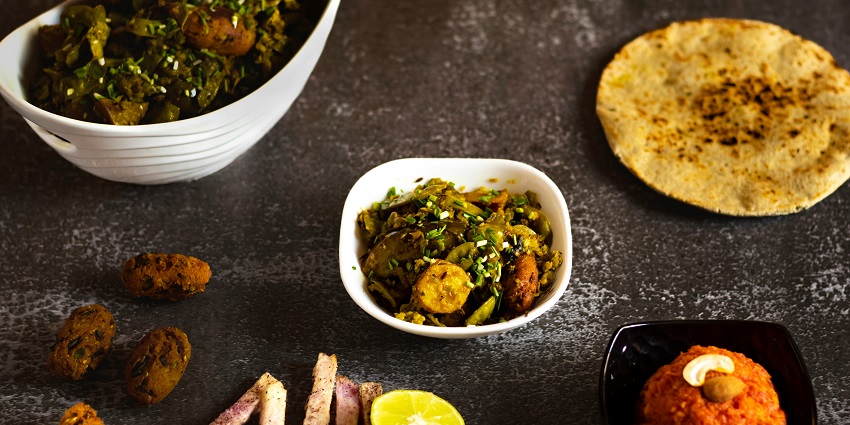
Photo: VD Photography / Unsplash / Image For Representation Only
The food here is not complicated. It’s simple, warm, and made with care. Dishes like bajra rotis, ker-sangri, kachri chutney, and khichdi with ghee are served on tin plates, often under the open sky. In the festival tents, there are chefs and fancy kitchens. But the real taste is found in the food served by locals. It’s the kind of meal that feels like home, even if you’re far from yours.
9. A Sky That Refuses To End
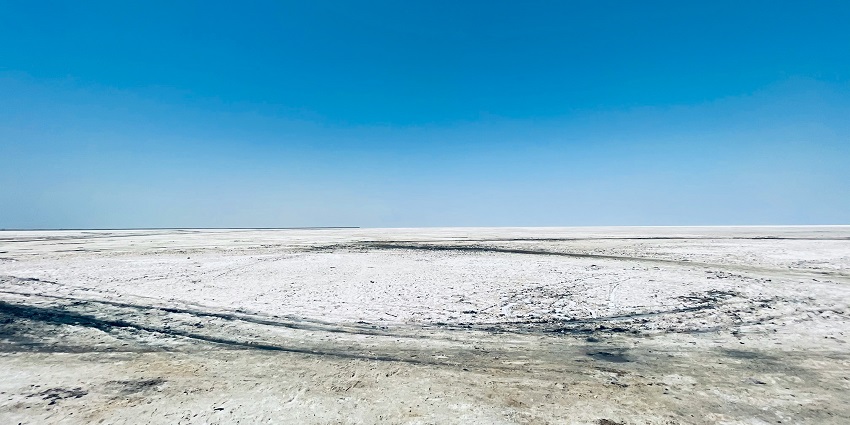
Photo: Krunal Lakhatariya / Unsplash
There are no tall buildings here. No poles, no streetlights, no wires. Just land and sky. During the day, the clouds move fast and play with light. At sunset, the sky changes colour every few minutes. And at night, the stars come out in full. You can lie on the ground and look up. With no city lights to block the view, the sky looks endless. You feel like you’re floating.
10. A Place That Isn’t Loud, But Lasts Long

The Rann doesn’t shout for attention. It unfolds slowly. There’s something gentle and honest about it. The people live in difficult conditions, but there’s peace in their faces. Time moves slowly here. Animals roam freely. You feel calmer. After you leave, something about that silence stays with you. It doesn’t fade.
The Rann of Kutch is known for its quiet beauty and unique rhythm. So, what is the Rann of Kutch famous for? It’s the stillness, the light, and the vibrant colours that welcome you gently. From crafts to cuisine, everything follows this peaceful pace. Whether you stay a day or longer, the Rann helps you slow down and truly feel alive. Plan your trip today with TripXL.
Cover Photo: Andreas Schnabl / Pexels


 WhatsApp
WhatsApp
 Twitter
Twitter
